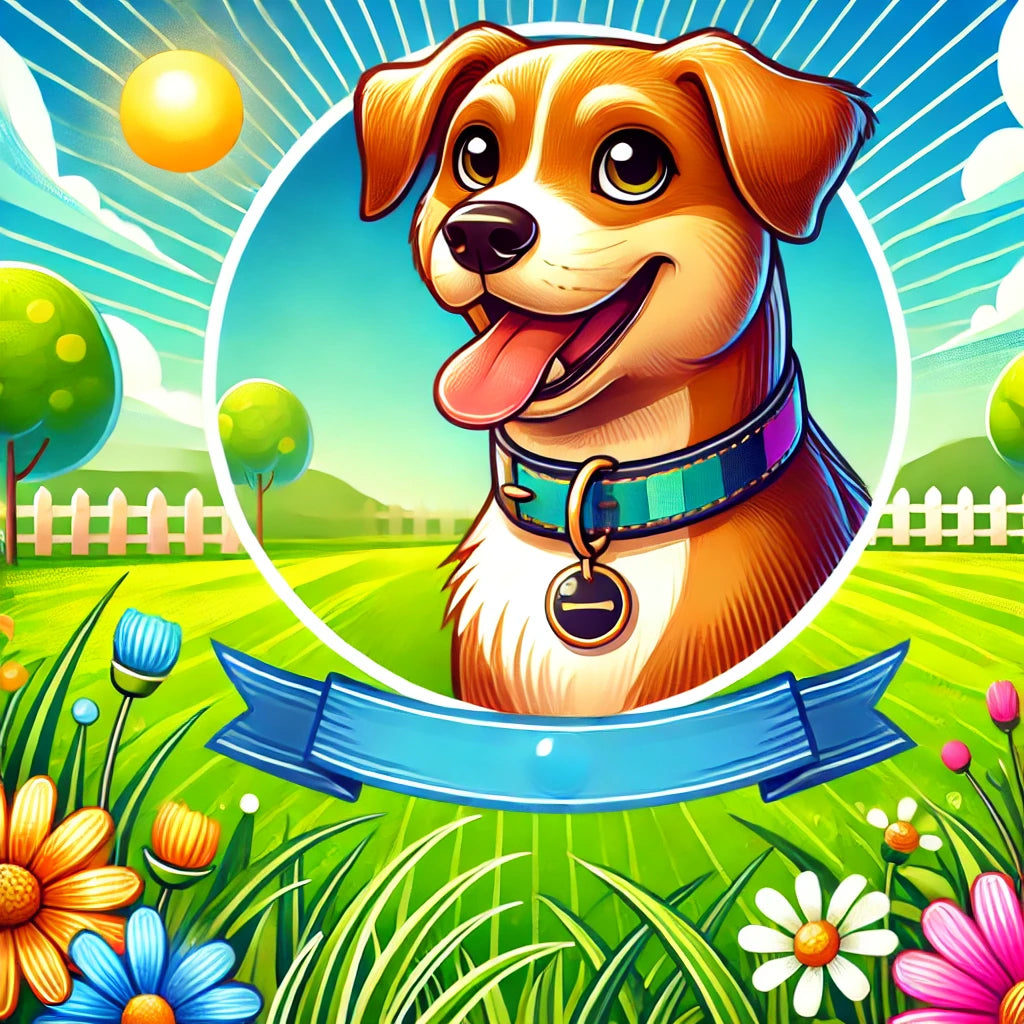
The Ultimate Guide to Dog Collars
Share
Dog collars are more than just a stylish accessory—they're an essential tool for keeping your furry friend safe, comfortable, and well-behaved. Whether you have a giant Saint Bernard or a tiny Chihuahua, choosing the right collar makes all the difference. In this guide, we’ll explore dog collars for large and small dogs, provide actionable tips, and answer frequently asked questions to ensure you find the perfect fit for your pup.
Dog Collars for Large Dogs
Large dogs require durable and functional collars that can handle their strength while ensuring their comfort. Here's what to look for when choosing a collar for your big buddy.
1. Strength and Durability
Large dogs, like Great Danes or German Shepherds, are powerful. A collar that isn’t strong enough may snap during a walk or training session, which can be dangerous. Look for:
- Heavy-duty materials like nylon, leather, or reinforced polyester.
- Metal buckles instead of plastic, as they provide extra strength.
- Wide collars to evenly distribute pressure and reduce strain on your dog’s neck.
2. Comfort
Comfort is crucial for large breeds that wear collars for extended periods. Consider:
- Padded collars to prevent chafing.
- Adjustable options to ensure a snug but comfortable fit.
3. Specialized Collars
Certain large dogs may benefit from specialized collars:
- Martingale collars: Ideal for training, providing control without choking.
- LED collars: For nighttime walks, keeping your big dog visible and safe.
- GPS collars: Perfect for adventurous dogs that may wander off.
4. Fit and Measurement
Always measure your dog's neck before purchasing. For large breeds:
- Use a tape measure around the thickest part of the neck.
- Leave space for two fingers between the collar and neck to avoid discomfort.
Dog Collars for Small Dogs
Small dogs have unique needs when it comes to collars. Their delicate frames require lightweight, comfortable options that don’t compromise safety.
1. Lightweight Materials
Small dogs like Dachshunds or Toy Poodles don’t need heavy-duty collars. Opt for:
- Soft nylon or fabric collars: Lightweight yet sturdy.
- Plastic buckles: Easy to fasten and gentle on small frames.
2. Safety Features
Because small dogs can be escape artists, safety features are essential:
- Breakaway collars: These release under pressure, ideal for playful pups that might get tangled.
- Reflective collars: For increased visibility during evening walks.
3. Style and Design
Small dogs often wear their collars like fashion statements. Choose fun, stylish designs that reflect your pet's personality without compromising on quality. Look for options with:
- Cute patterns or custom engraving.
- Matching leashes for a coordinated look.
4. Avoid Overloading
Avoid attaching heavy accessories like big ID tags or charms that may weigh the collar down. Lightweight tags are a better option.
5. Proper Fit
Fitting a collar for a small dog requires care:
- Measure the neck and add 1-2 inches for comfort.
- Avoid overly tight collars, as they can cause choking.
Conclusion
Choosing the right dog collar is essential for your pet’s safety, comfort, and style. For large dogs, focus on strength and durability, while small dogs benefit from lightweight and safe options. Always ensure the collar fits properly and meets your dog’s specific needs.
Whether you’re shopping for your adventurous big dog or your playful little pup, finding the perfect collar can make every walk, training session, and cuddle time more enjoyable.
Explore our collection of dog collars to find the perfect match for your furry friend today!
FAQs
1. What material is best for dog collars?
- For durability, nylon and leather are excellent choices. Nylon is waterproof and easy to clean, while leather is stylish and long-lasting. Fabric collars are lightweight, ideal for small dogs.
2. How tight should a dog collar be?
- A good rule is the "two-finger test." You should be able to fit two fingers between the collar and your dog's neck. It should be snug but not tight.
3. Are harnesses better than collars?
- Harnesses are great for dogs prone to neck injuries or small breeds that pull on the leash. However, collars are better for ID tags and general use.
4. Can my dog wear a collar all the time?
- While collars can be worn most of the day, it’s recommended to remove them during bedtime or when your dog is unsupervised to prevent accidents.
5. How do I clean a dog collar?
- Most collars can be washed with mild soap and warm water. For leather collars, use a leather cleaner and conditioner to maintain quality.